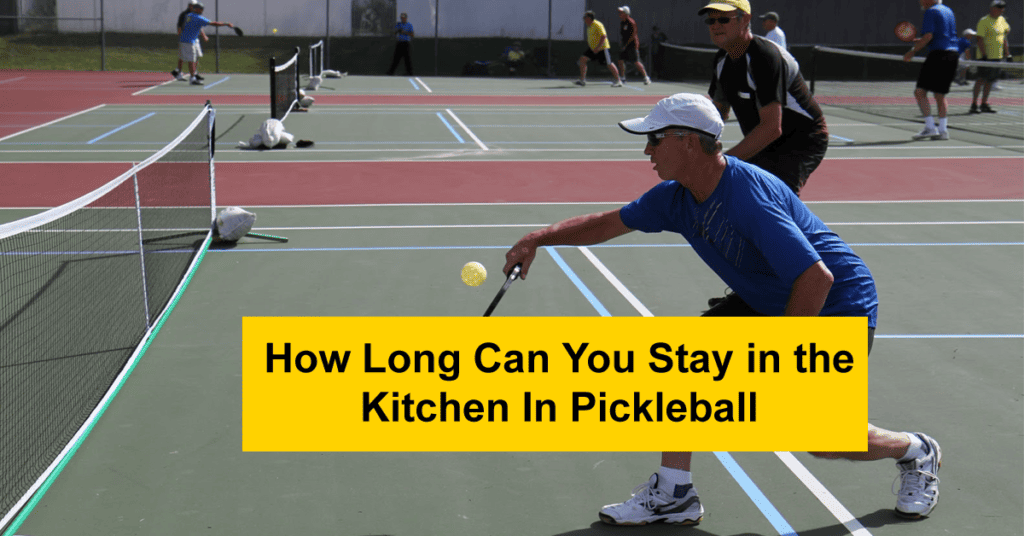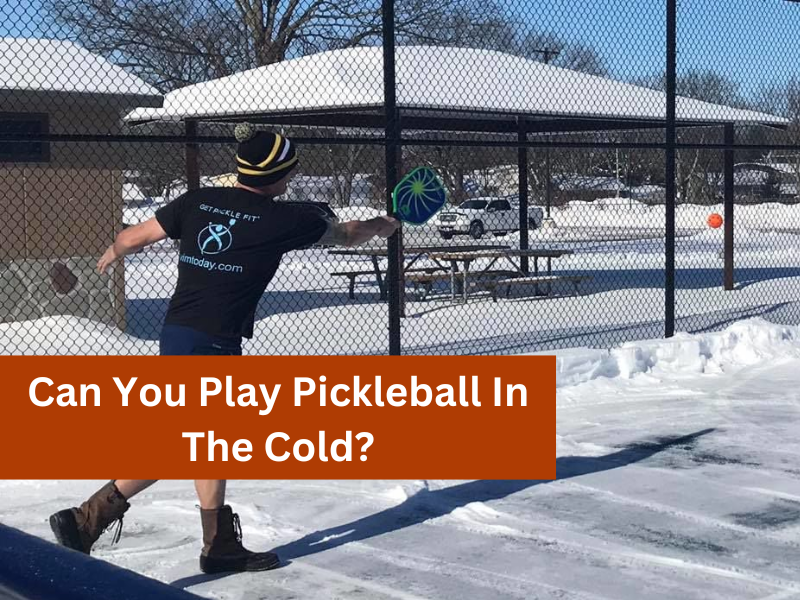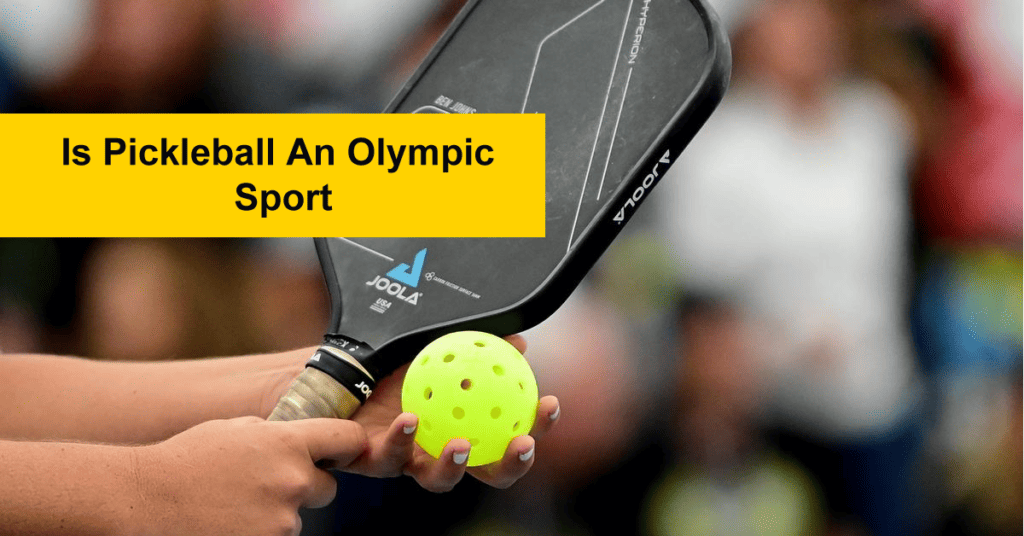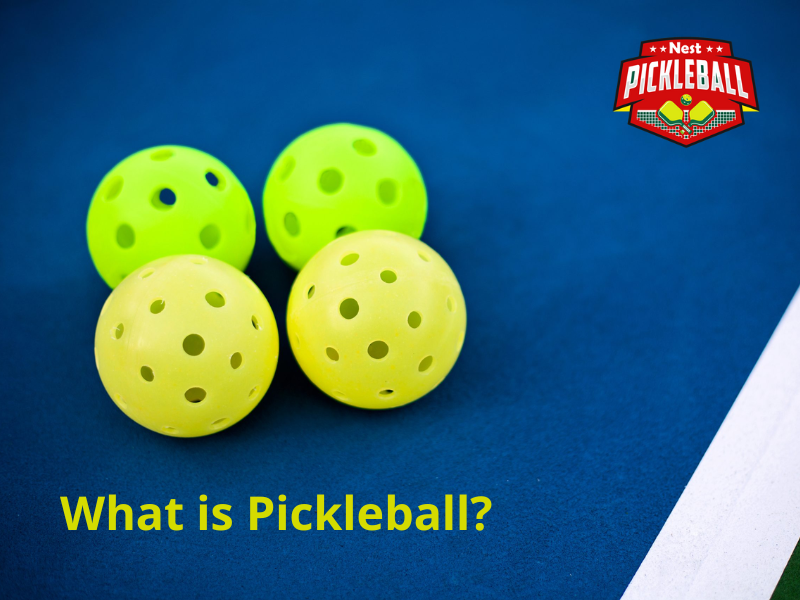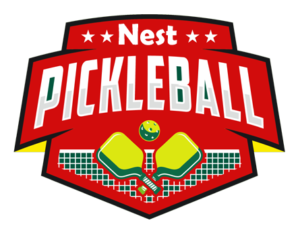In pickleball, no specific rules dictate how long you can stay in the kitchen. However, it is essential to note that spending excessive time in the kitchen can restrict your ability to reach certain shots effectively. The kitchen, also known as the non-volley zone, has specific rules that govern the type of play allowed within its boundaries.
As a non-volley zone, any ball that enters the kitchen must bounce once before a player can hit it. This rule is in place to prevent players from executing volleys or hitting the ball out of the air within the kitchen area. Therefore, players must be mindful of their positioning and timing to follow the rules while playing near the kitchen.
While there is no strict time limit for staying in the kitchen, players are encouraged to move out of the zone promptly to maintain a strategic position on the court. Staying in the kitchen for an extended period can limit one’s range and ability to reach shots that may require a more agile or extended reach.
How Long Can You Stay In The Kitchen In Pickleball?
The kitchen serves as a unique area within the pickleball court that requires players to adapt their play style and abide by the specific rules associated with the non-volley zone. By understanding and adhering to these rules, players can effectively navigate the kitchen and make strategic moves during the game.
Dimensions and Origins of the Kitchen
The kitchen, or non-volley zone, is a rectangular area that extends 7 feet from the net on both sides of the pickleball court. With a total width of 14 feet, this zone is marked by a line parallel to the net. The exact reason why it became known as the kitchen remains uncertain, but it is accepted as an essential game component.

Pickleball Kitchen Rules
The kitchen has specific rules that differ from other racquet sports. In pickleball, players are not allowed to hit a volley or smash while their feet are inside the kitchen unless the ball has bounced outside the kitchen or the player is in a follow-through motion from a shot made outside the kitchen. This rule, known as the non-volley rule, ensures fair play and prevents players from gaining an unfair advantage by being too close to the net.
Duration in the Kitchen
While there is no specific time limit on how long you can stay in the kitchen, leaving the kitchen as quickly as possible is generally advisable. Staying in the pickleball kitchen for an extended period can leave you vulnerable to volleys from your opponent, as you may need more time to react and reach the shots effectively.
You can also promptly exit the kitchen after a shot, regain mobility, and improve your chances of defending against incoming volleys.
Strategic Considerations
Minimizing the time spent in the kitchen is essential to optimize your gameplay. Players often position themselves strategically behind the kitchen line to maintain better defensive positioning while still being ready to engage in offensive play when the opportunity arises. This approach enables you to react swiftly to shots and maintain an advantageous position on the court.

Why Is It Called The Kitchen?
The origin of the term “kitchen” in pickleball is unknown, and several theories surround its meaning. One theory suggests that the quirky terminology in the game, including words like “dink shot,” “mill ball,” and “volley llama,” is simply part of the fun nature of the sport.
Another theory proposes that the term was borrowed from shuffleboard, where the kitchen is an area where players lose points if their disc lands there. The mixture of various sports in pickleball may have influenced the inclusion of this term.
One of the inventors, Joel Pritchard, even jokingly suggested that they should claim the name was inspired by their dog, Pickles, despite Pickles joining the family after the game’s creation.

A third theory connects the name to the proverb, “If you can’t stand the heat, get out of the kitchen!” implying that the non-volley zone is a challenging area to play in. However, the true answer may never be known since the game’s inventors have passed away.
3 Pickleball Kitchen Myths
Myth 1: The kitchen is named after a dog named Pickles. Contrary to popular belief, the term “kitchen” has nothing to do with a dog named Pickles. Although one of the game’s inventors, Joel Pritchard, jokingly suggested this during an interview, it is not the name’s true origin. Pickles joined the family a few years after the game was created.
Myth 2: The kitchen refers to a hot and challenging court area. While the phrase “If you can’t stand the heat, get out of the kitchen!” may be commonly associated with tough situations, it is not the reason why the non-volley zone is called the kitchen in pickleball. This theory suggests that the kitchen represents a difficult area to play in, but no concrete evidence supports this claim.
Myth 3: The shuffleboard’s “10-off” area inspires the kitchen. Another myth suggests that the kitchen’s name was borrowed from the shuffleboard, where landing a disc in the “10-off” area results in losing points. The theory proposes that since pickleball combines various sports, including tennis and badminton, it incorporates a term from shuffleboard. However, this theory remains speculative, and no definitive proof supports it.
In reality, the true origin of the term “kitchen” in pickleball remains unknown. These pickleball myths, although imaginative, need to provide an accurate explanation for the name. The quirks and mysteries surrounding the kitchen only add to the charm and intrigue of the game.
Conclusion
While there is no specific time limit governing how long you can stay in the kitchen in pickleball, it is wise to leave promptly to avoid being vulnerable to volleys from your opponent. So, if you understand the rules of the non-volley zone and strategically position yourself on the court, this will enhance your gameplay and enable you to make more effective shots. By mastering the nuances of the kitchen, you can elevate your pickleball skills and enjoy the game to its fullest.

